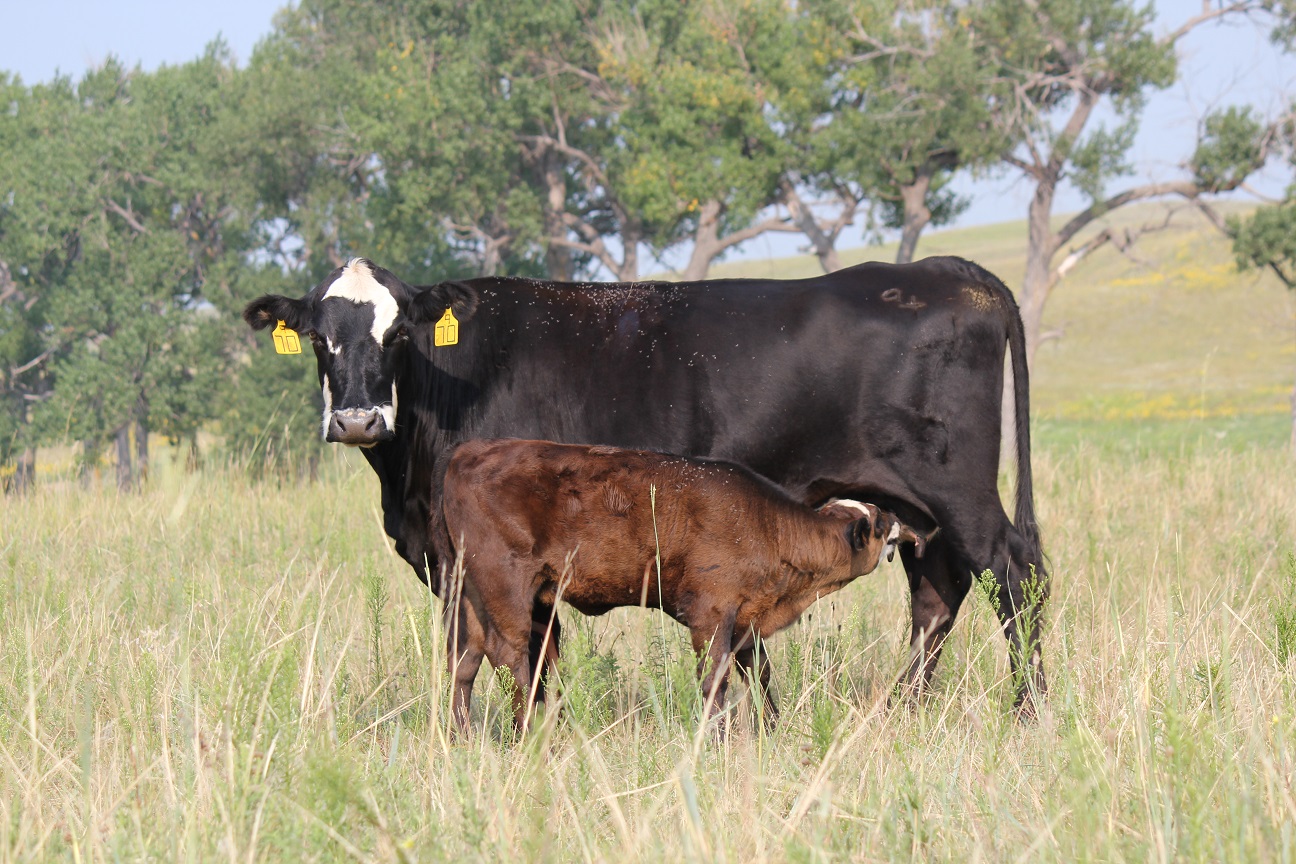2019 Nebraska Cow-Calf Pair and Stocker Rental Rates

Listen to a discussion of the content in this article on this episode of the BeefWatch podcast. You can subscribe to new episodes in iTunes or paste http://feeds.feedburner.com/unlbeefwatch into your podcast app.
Recent findings published from the Nebraska Farm Real Estate Market Highlights 2018-2019 indicate changes in cow-calf and stocker monthly rental rates trended slightly lower when compared to 2018 (Table 1). Nebraska monthly grazing rates represent a typical fee for one month of grazing during the summer. Many leases run for a five-month grazing season subject to annual weather conditions.

The University of Nebraska-Lincoln Department of Agricultural Economics annually surveys Nebraska land professionals including appraisers, farm and ranch managers, and agricultural bankers. Results from the survey are divided by rental rate class and summarized by the eight Agricultural Statistics Districts of Nebraska (Figure 1).

Reported rates for cow-calf pair and stocker from the Nebraska Farm Real Estate Market Highlights include by district the average, high third quality, and low third quality. The range in these averages reflect the differences in the quality of the grazing land. Features influencing the quality of the grazing land might include the mix of the forages present during the growing season, livestock water sources, fencing upkeep, and general market competitiveness for the area.
To determine a cow-calf pair rental rate for a five-month period, the monthly rate for a district would be multiplied by five to calculate the seasonal rate. For example, the Central District average cow-calf pair monthly rental rate of $50.70 multiplied by five would be $253.50 per cow-calf pair for the 2019 grazing season. This rate would vary depending upon the district of the state and provisions considered as part of the lease.
Negotiations on contractual terms for the grazing season include considerations on the landlord and tenant’s willingness to provide fencing maintenance, weed or brush control, and monitoring or providing water. Depending upon the willingness of either party to maintain, control, or provide these resources as part of the lease, the final rental rate may vary accordingly as panel members noted.
In addition, panel members also reported on the need for reviewing leases to account for different kinds of weather-related disasters such as flooding or drought. Reviewing these provisions by the appropriate agency or organization providing disaster assistance ensures compliance on grazing land in the case of an adverse weather event.
Survey results shown and discussed in this report are findings from the University of Nebraska–Lincoln 2019 Nebraska Farm Real Estate Market Survey. Complete results from the survey may be found at the Nebraska Farm Real Estate website: http://agecon.unl.edu/realestate.
Please address questions regarding preliminary estimates from the 2018-2019 Nebraska Farm Real Estate Survey to Jim Jansen at (402) 261-7572 or jjansen4@unl.edu.
Jim Jansen, (402) 261-7572
Agricultural Economist
University of Nebraska-Lincoln
jjansen4@unl.edu
Jeff Stokes, (402) 472-1742
Professor, Agricultural Banking and Finance
University of Nebraska-Lincoln
jeffrey.stokes@unl.edu
Interviews with the authors of BeefWatch newsletter articles become available throughout the month of publication and are accessible at https://go.unl.edu/podcast.
